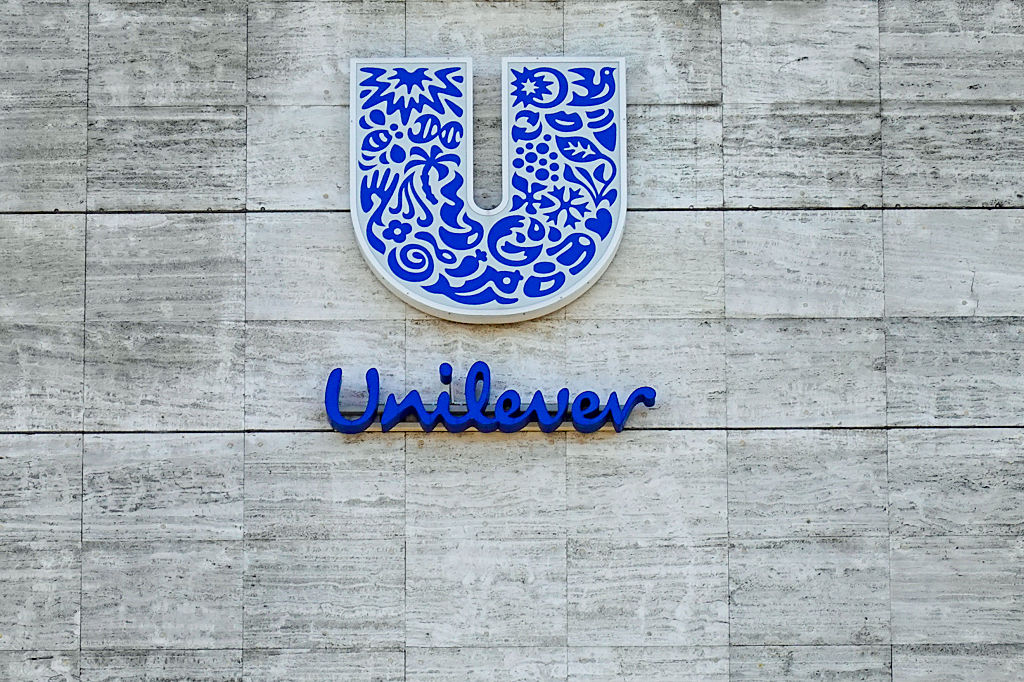India is a new global powerhouse — should you invest?
India’s growth rate has slowed recently, but there is still ample scope for investors to benefit from its development.


Is investors’ love affair with India beginning to cool? Foreign investors have now sold more Indian shares than they have bought in each of the past four months, with net outflows of $8.3 billion in January alone. After a stellar run, India’s stockmarket has come off the boil since the autumn, held back by concerns about the country’s slowing economy. That’s disappointing for investors who have become accustomed to outsized returns. Between 2020 and 2023, India’s stockmarket delivered a total gain of 90%, with further growth of 16% over the first nine months of 2024. Since September, however, the benchmark Nifty 50 index has fallen by 15%, the biggest drop in the past decade.
Where, then, from here? India’s fans believe a return to form lies ahead. “We expect growth momentum to improve entering 2025, as government spending picks up again and consumer sentiment remains resilient,” says Sukumar Rajah, director of portfolio management at Franklin Templeton Emerging Markets Equity. Others are more cautious. Deloitte points to the tough outlook for the world economy. “India will have to adapt to the evolving global landscape and harness its domestic strengths to drive sustainable growth.”
Nevertheless, amid such uncertainty, the case for holding long-term exposure to India in your portfolio remains compelling. The country’s economy remains on course to become the world’s third-largest, possibly as soon as 2027. Demographics offer a huge dividend, with the number of working-age Indians as a proportion of the total population set to keep rising until the 2050s. The middle classes in India have been expanding at an average rate of 6% a year over the past 30 years. Their higher disposable income provides valuable impetus for household spending.
MoneyWeek
Subscribe to MoneyWeek today and get your first six magazine issues absolutely FREE

Sign up to Money Morning
Don't miss the latest investment and personal finances news, market analysis, plus money-saving tips with our free twice-daily newsletter
Don't miss the latest investment and personal finances news, market analysis, plus money-saving tips with our free twice-daily newsletter
India's economy is still in the early days of transformation
Importantly, moreover, India is still in the relatively early stages of the sort of economic transformation that propelled rapid growth in China in the 1990s and the 2000s. In manufacturing, for example, there is a huge opportunity to grow a sector that still only accounts for 20% of the economy; India’s government has set a target of reaching $1 trillion-worth of goods exports by 2030.
Infrastructure spending also continues to offer support; India has built 75 new airports in the past five years alone and launched more than 20 metro rail projects. It now plans to invest a further $1.4 trillion over the next five years. Separately it is also investing $360 billion to double the country’s renewable energy capacity.
That’s not to overlook the short-term concerns. The downside of that demographic dividend is that India suffers from a problematic oversupply of labour, with millions of Indians chasing jobs that both the public and the private sector are struggling to create fast enough. That is depressing wages, and stagnant real incomes are now affecting consumer spending.
In the vehicle sector, for example, car sales were much slower than expected in the final months of the year. Disappointing retail sales have prompted Western businesses such as Starbucks to slow their expansion in India. With consumption accounting for 60% of the Indian economy, the government’s latest projection is for GDP growth of 6.4% over the year to 31 March. That would mark the slowest growth since Covid. The other question mark – and a perennial worry in India – is over the high prices investors pay for Indian equities. The market is on an average price/earnings (p/e) ratio of 23 times. That looks expensive compared with an average of 14 across emerging markets as a whole.
Still, for those investors who believe in India’s fundamentals, the correction could represent an opportunity to get into a market at slighter lower valuations than in recent times. And some analysts argue that a premium to most other markets is justified given the country’s long-term growth prospects.
“[If] earnings growth continues in the same vein as it has, that valuation quickly comes down,” says Ben Yearsley, director of investment consultancy Fairview Investing. “This isn’t a value or income market – it’s growth through and through; alongside the US, Indian firms deliver the highest return on equity in the world.” The quality of the Indian market is very high compared with other emerging economies, with a large number of companies and strong corporate governance standards. The choice continues to expand: India has seen more than 700 initial public offerings in the past three years.
It is also worth exploring routes into the market that provide value. Investors in India will almost all want to pursue opportunities through a collective fund to secure portfolio diversification and expert management. The UK offers several investment trusts that specialise in India; some are currently trading at significant discounts to their net asset value (NAV).
The Abrdn New India Investment Trust (LSE: ANII), for example, trades at a discount to NAV of 18%. The fund offers a relatively defensive portfolio, and may therefore represent reduced risk. Another MoneyWeek favourite is the India Capital Growth Fund (LSE: IGC), which focuses on small and mid caps, on a discount of 12%. There is also the highly rated Ashoka India Equity Investment Trust (LSE: AIE), on a small premium of 1%.
The bottom line? Many investors will feel that the fact that Indian equities account for only 4% of total global stockmarket capitalisation underlines the scale of the long-term opportunity. In what will soon be the world’s third-largest economy – and a powerhouse of global growth, even at slighter slower rates than in recent years – that looks under-represented. There may be further bumps to come, but India enthusiasts remain convinced of its potential.
This article was first published in MoneyWeek's magazine. Enjoy exclusive early access to news, opinion and analysis from our team of financial experts with a MoneyWeek subscription.
Get the latest financial news, insights and expert analysis from our award-winning MoneyWeek team, to help you understand what really matters when it comes to your finances.

David Prosser is a regular MoneyWeek columnist, writing on small business and entrepreneurship, as well as pensions and other forms of tax-efficient savings and investments. David has been a financial journalist for almost 30 years, specialising initially in personal finance, and then in broader business coverage. He has worked for national newspaper groups including The Financial Times, The Guardian and Observer, Express Newspapers and, most recently, The Independent, where he served for more than three years as business editor.
-
 Goodwin: A superlative British manufacturer to buy now
Goodwin: A superlative British manufacturer to buy nowVeteran engineering group Goodwin has created a new profit engine. But following its tremendous run, can investors still afford the shares?
-
 Is US stock market exceptionalism over?
Is US stock market exceptionalism over?US stocks trailed the rest of the world in 2025. Is this a sign that a long-overdue shift is underway?
-
 Goodwin: A superlative British manufacturer to buy now
Goodwin: A superlative British manufacturer to buy nowVeteran engineering group Goodwin has created a new profit engine. But following its tremendous run, can investors still afford the shares?
-
 A change in leadership: Is US stock market exceptionalism over?
A change in leadership: Is US stock market exceptionalism over?US stocks trailed the rest of the world in 2025. Is this a sign that a long-overdue shift is underway?
-
 A reckoning is coming for unnecessary investment trusts
A reckoning is coming for unnecessary investment trustsInvestment trusts that don’t use their structural advantages will find it increasingly hard to survive, says Rupert Hargreaves
-
 Metals and AI power emerging markets
Metals and AI power emerging marketsThis year’s big emerging market winners have tended to offer exposure to one of 2025’s two winning trends – AI-focused tech and the global metals rally
-
 8 of the best houses for sale with beautiful fireplaces
8 of the best houses for sale with beautiful fireplacesThe best houses for sale with beautiful fireplaces – from a 15th-century cottage in Kent to a 17th-century palazzo in Oxfordshire
-
 King Copper’s reign will continue – here's why
King Copper’s reign will continue – here's whyFor all the talk of copper shortage, the metal is actually in surplus globally this year and should be next year, too
-
 Luana Lopes Lara: The ballerina who made a billion from prediction markets
Luana Lopes Lara: The ballerina who made a billion from prediction marketsLuana Lopes Lara trained at the Bolshoi, but hung up her ballet shoes when she had the idea of setting up a business in the prediction markets. That paid off
-
 British blue chips offer investors reliable income and growth
British blue chips offer investors reliable income and growthOpinion Ben Russon, portfolio manager and co-head UK equities, ClearBridge Investments, highlights three British blue chips where he'd put his money